Articles
Read articles by the Avathon staff on artificial intelligence and how AI is transforming industry
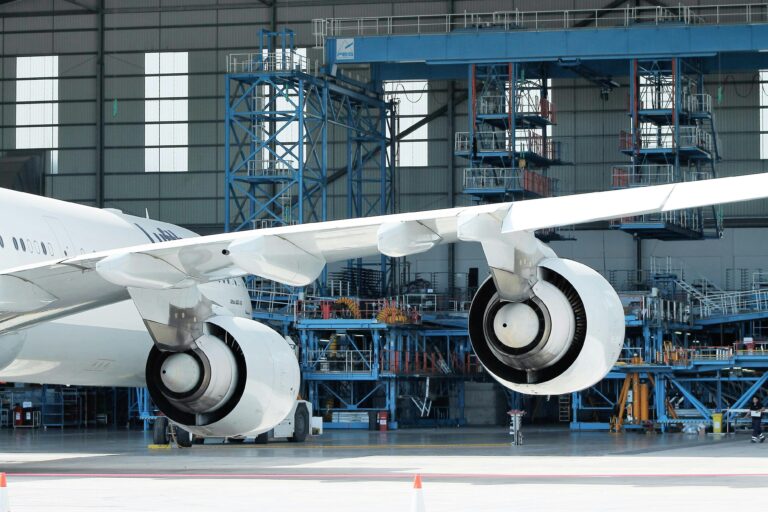
Artificial Intelligence Optimizes MRO Operating Performance
Avathon harnesses the power of AI to turn today’s MRO practices from statically planned and reactive to dynamically planned and proactive. Autonomy for MRO Operations enables users to rapidly detect emerging issues, prescribe the most effective actions, and align the entire maintenance ecosystem in real time. Autonomy for MRO’s wide-ranging feature set equips asset managers—whether aircraft, vehicles, manufacturing equipment, or energy providers—to extract the most value from their asset base while minimizing recurring and capital costs.
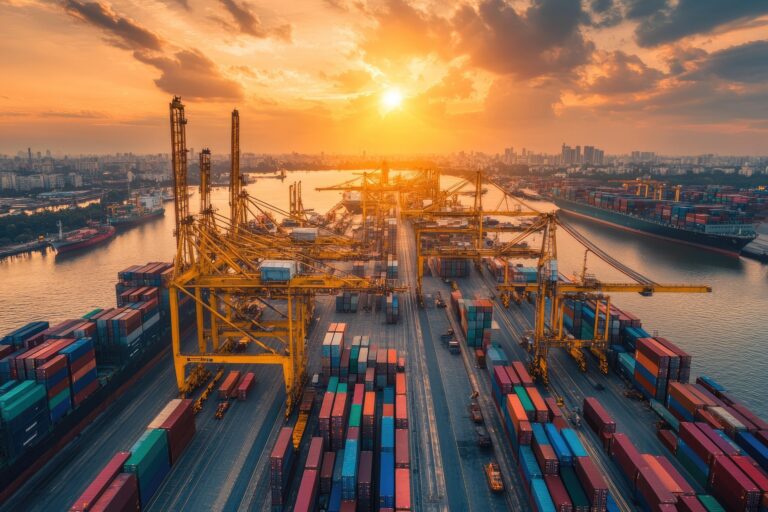
Global Trade Management Demands World Class Autonomous Capabilities
Global trade management regulations are a constantly moving target. In a trade environment as complex and fast-changing as the current one, the ability to quickly and flexibly adapt to changes is key to commercial success. Supply chains span international boundaries, and every decision on classification or tariff optimization includes potential compliance risk. While politics and regulations change, the goals of supply chain management do not; products must be delivered on time, in the required quantities, and at the expected cost. Avathon Autonomy for Global Trade Management delivers on these unflinching demands.
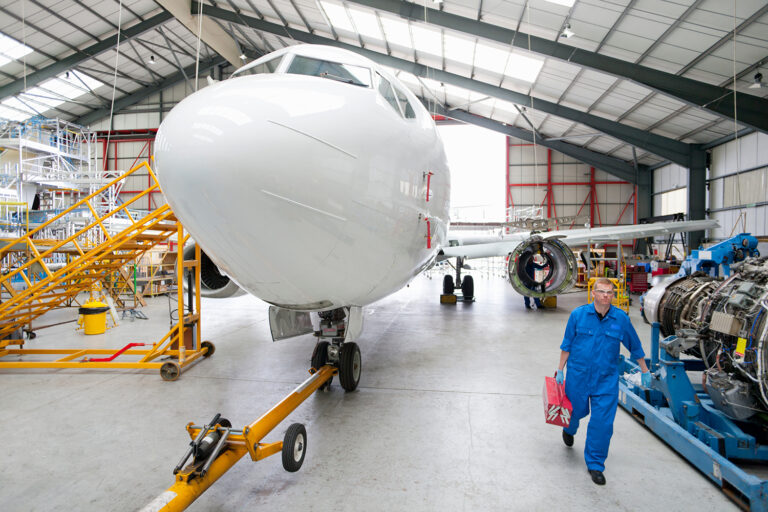
Keeping Aviation Assets Airborne in Turbulent Times
Avathon’s Autonomy for Aerospace Operations is an integrated artificial intelligence (AI) platform that analyzes supply chain, manufacturing, and maintenance data, delivering actionable recommendations that enable coordinated decision-making across the full range of end-to-end aerospace processes. By leveraging the full power of AI, leaders in the aerospace industry turn complexity into operational advantage—connecting manufacturing, maintenance, and supply chain data to better manage resource constraints, quality challenges, and parts availability for production or in-service fleets.
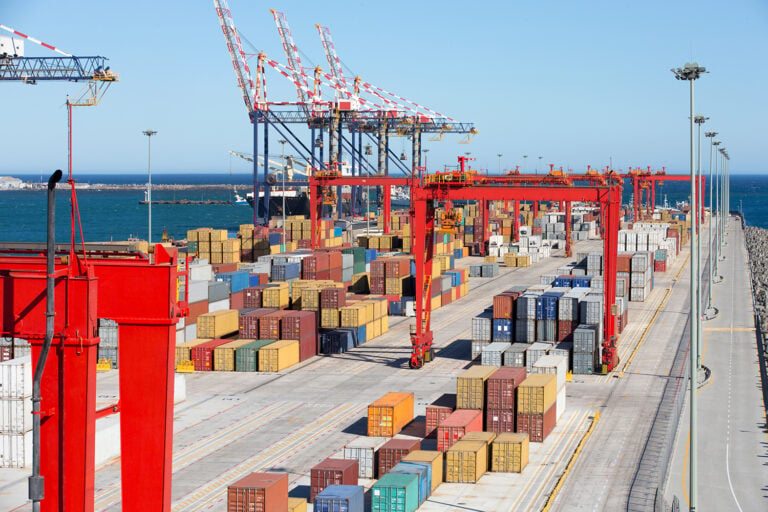
Forcing the Pivot: What the End of De Minimis Means for Logistics Providers
The suspension of the de minimis exemption (Section 321) is a monumental shift for logistics providers—from giant express carriers like FedEx and UPS to the thousands of global freight forwarders—whose business models were optimized around high-volume, frictionless small parcels. The end of duty-free, minimal-paperwork entry is forcing a profound pivot from a speed-and-volume focus to a compliance-and-data-first approach. With the advances in AI, especially natural language processing and large language models, the industry can effectively deal with these changes.
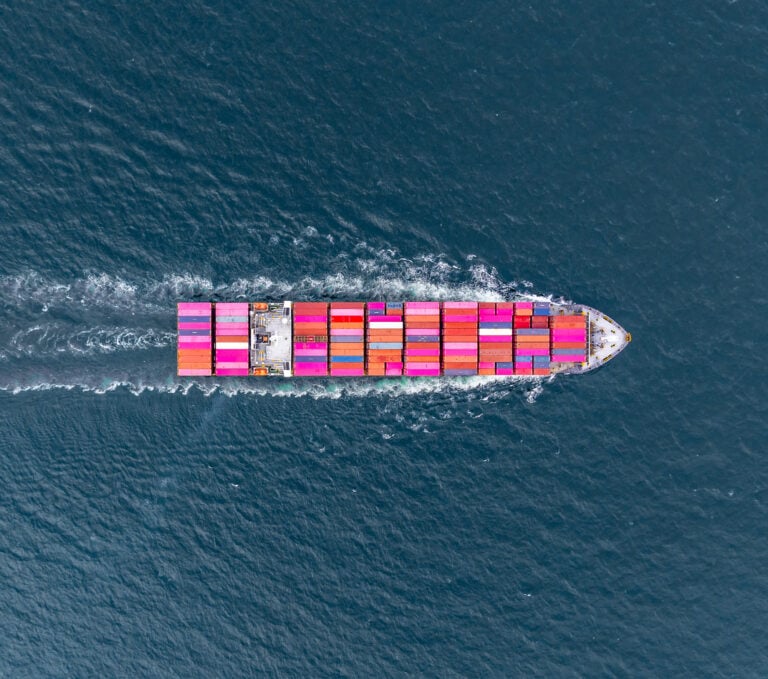
Agentic AI Amplifies Success in Logistics Planning
Growth in global maritime logistics is forecast to grow at about 2.4% annually through the end of the decade according to the UN Conference on Trade and Development (UNCTAD). And growth across all global logistics is expected to increase at a CAGR of 7.2% from 2025 – 2030, according to a recent report by Grand View Research. But these growth projections have a counterpoint: The sector faces powerful headwinds in the never-before-experienced geopolitical challenges of tariff volatility, embargoes, war, and piracy—resulting in strategic gamesmanship being played out across global supply chains.
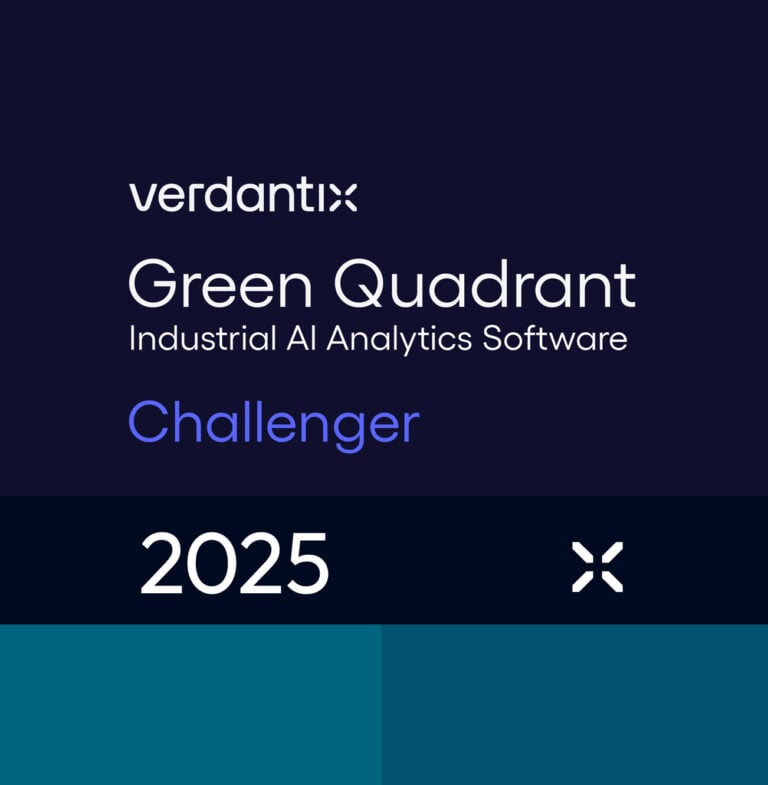
Effective Data Management plus Integrated Asset Models Define Performance Success
Reframing the Industrial AI Frontier: Verdantix Green Quadrant 2025 Verdantix has released its latest Green Quadrant: AI Analytics Software 2025, a comprehensive benchmark of how leading industrial AI platforms are redefining performance, reliability, and autonomy across global operations. Among the nineteen vendors evaluated, Avathon was positioned as a Challenger—a designation that reflects both the strength of our platform’s foundation and the pace at which we’re advancing the frontier of applied industrial intelligence. A market defined by acceleration Verdantix describes a market in rapid evolution, where AI analytics is transitioning from insight generation to decision execution. Generative AI and agentic automation are reshaping expectations.
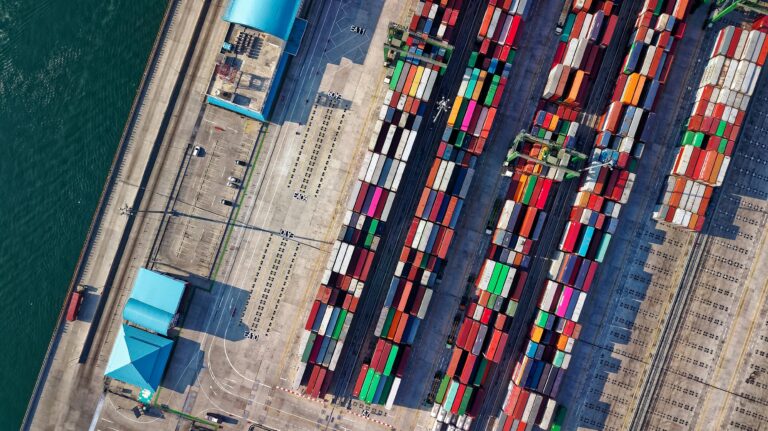
The Symbiotic Nexus: Decision Intelligence and Decision Execution Platforms in the Modern Supply Chain
Author: Bart A. De Muynck — Advisor, Avathon
The relentless pace of global commerce, amplified by unprecedented disruptions like tariffs, geopolitical shifts, and volatile consumer demands, has solidified supply chain agility as the ultimate competitive differentiator. What began as a simple quest for real-time visibility—a digital dot on a map—has rapidly evolved into a sophisticated pursuit of Decision Intelligence Platforms (DIPs) and, increasingly, their symbiotic partners: Decision Execution Platforms (DEPs). These two technological pillars are fundamentally reshaping how businesses navigate complexity, not just through insights but through automated action, paving the way for truly autonomous supply chains.

Strong Renewable Energy Growth Demands Next-Generation Operational Excellence
Introduction—Renewables are on a strong growth trajectory In March of 2025, fossil fuel electricity generation in the US fell below 50% for the first time, propelled by rapid growth in the renewable sector. Renewable generation is on track to deliver nearly half of global electricity demand by the end of this decade according to the latest report from the International Energy Agency (IEA), this despite the vagaries of politics, subsidies, and manufacturing economics. Despite these potential headwinds, owner/operators need to invest in advanced technology like artificial intelligence (AI) to mitigate these challenges and maximize the utilization of their existing asset bases.
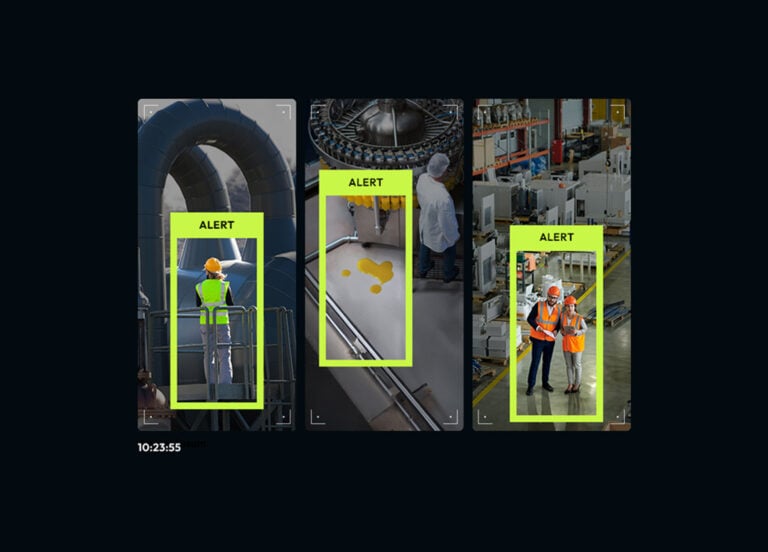
Transforming Industrial Safety and Efficiency: Avathon Integrates NVIDIA Metropolis to Supercharge AI-Powered Video Intelligence
Video data is everywhere—but operational insight is still rare. Industrial sectors generate thousands of hours of surveillance footage daily. From manufacturing plants and oil rigs to logistics yards and aerospace hangars, video is meant to enhance safety and efficiency. Yet, much of it goes unwatched—tucked away in servers until something goes wrong. And by then, it’s often too late. At Avathon, we’re changing that. By integrating the NVIDIA’s Video Search and Summarization (VSS) blueprint—part of the NVIDIA Metropolis platform—into our AI-powered video intelligence solution, we’re making it faster and easier for frontline teams to find what matters most.
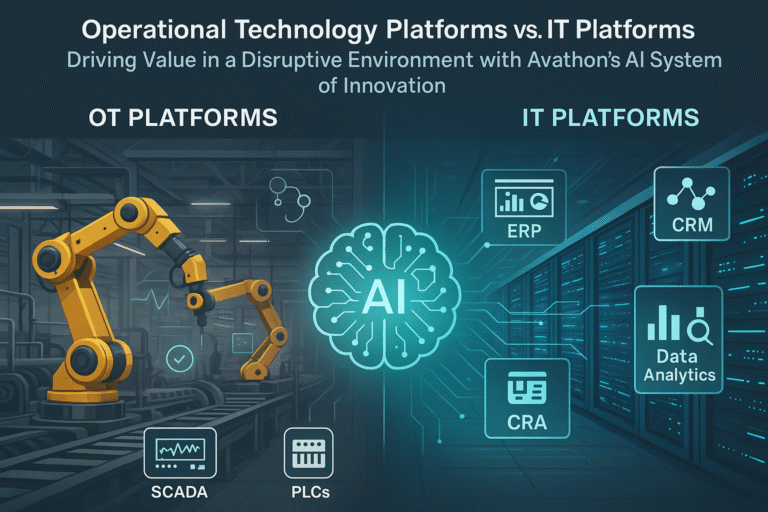
Operational Technology Platforms vs. IT Platforms
Driving Value in a Disruptive Environment with Avathon’s AI System of Innovation By Bart A. De Muynck In today’s rapidly evolving technological landscape, businesses face unprecedented disruptions, from supply chain volatility to regulatory shifts and geopolitical tensions. As of May 2025, companies across industries are grappling with challenges like tariff-driven cost increases, increasing weather events such as drought, fire, and floods, all of which underscore the need for resilient, adaptive systems. Two critical pillars in this environment are Operational Technology (OT) Platforms and Information Technology (IT) Platforms. Understanding their differences, their roles in navigating disruptions, and how a company like Avathon leverages AI to enhance these platforms.

AI: the windstorm for renewable energy
In the race for sustainability, wind turbines have gotten larger every year: taller towers, larger rotors, and higher-rated capacity. This increase in the size of utility-scale wind turbines makes inspections and maintenance interventions at extreme heights, often in strong winds and vibrating structures, inherently dangerous. The industry must undergo a digital transformation toward artificial intelligence to create safer, automated solutions, modeling complex relationships, predicting outcomes, and quickly creating strategic asset optimization strategies.
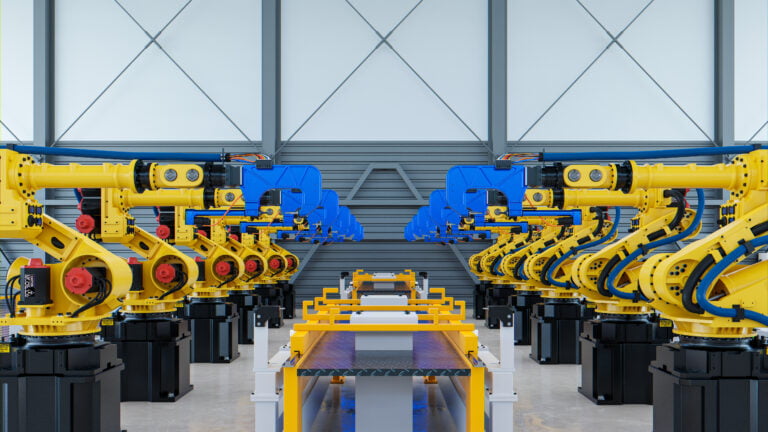
Can the synthetic workforce help manufacturers navigate a wave of retirements?
America is entering a workforce crisis. Industrial operators are at risk of losing the institutional knowledge of retiring workers. At the same time, they’re struggling with attracting and retaining new generations of digital natives. Approximately 48% of Gen Z employees in manufacturing intend to leave their jobs within the next three to six months. Industrial AI can help with both ends of this generational divide, ingesting decades worth of historical data, trends and learnings while also empowering new workers with the benefits of sophisticated prediction, diagnosis, prescription and automation. This upskilling is critical.
